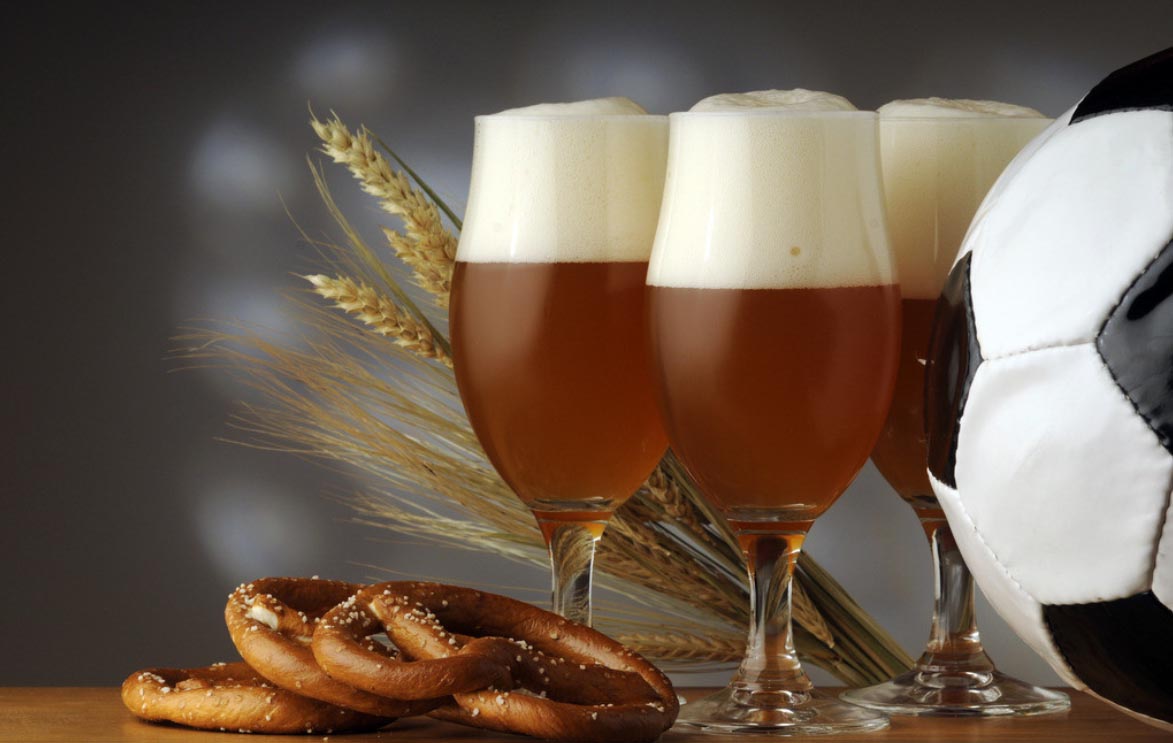Conditioning is an important progress for a microbrewery. Usually it is done in uni-tank or a bright beer tank. Also it is possible to do in bottles and cask.
After an initial or primary fermentation, beer is conditioned, matured or aged,in one of several ways,which can take from 2 to 4 weeks, several months, or several years, depending on the brewer's intention for the beer. The beer is usually transferred into a second container, so that it is no longer exposed to the dead yeast and other debris (also known as "trub") that have settled to the bottom of the primary fermenter. This prevents the formation of unwanted flavours and harmful compounds such as acetylaldehydes.

Kräusening
Kräusening is a conditioning method in which fermenting wort is added to the finished beer.The active yeast will restart fermentation in the finished beer, and so introduce fresh carbon dioxide; the conditioning tank will be then sealed so that the carbon dioxide is dissolved into the beer producing a lively "condition" or level of carbonation.The kräusening method may also be used to condition bottled beer.
Lagering
Lagers are stored at near freezing temperatures for 1–6 months while still on the yeast. The process of storing, or conditioning, or maturing, or aging a beer at a low temperate for a long period is called "lagering", and while it is associated with lagers, the process may also be done with ales, with the same results - that of cleaning up various chemicals, acids and compounds.
Secondary fermentation
During secondary fermentation, most of the remaining yeast will settle to the bottom of the second fermenter, yielding a less hazy product.
Bottle fermentation
Some beers undergo a fermentation in the bottle, giving natural carbonation. This may be a second or third fermentation. They are bottled with a viable yeast population in suspension. If there is no residual fermentable sugar left, sugar and or wort may be added in a process known as priming. The resulting fermentation generates CO2 that is trapped in the bottle, remaining in solution and providing natural carbonation. Bottle-conditioned beers may be either filled unfiltered direct from the fermentation or conditioning tank, or filtered and then reseeded with yeast.
Cask conditioning
Cask ale or cask-conditioned beer is the term for unfiltered and unpasteurised beer that is conditioned (including secondary fermentation) and served from a cask without additional nitrogen or carbon dioxide pressure.

Thanks for reading.
Welcome to contact us to inquiry brewery equipment.
Edited by Ivy
[email protected]
www.brewerybeerequipment.com


.jpg)



Get In Touch